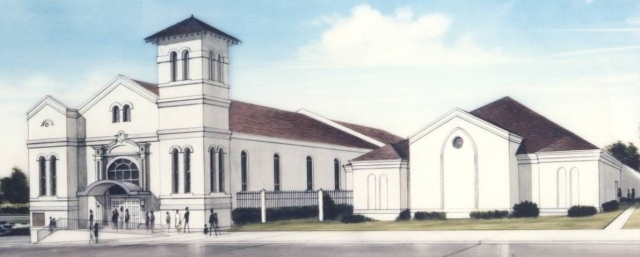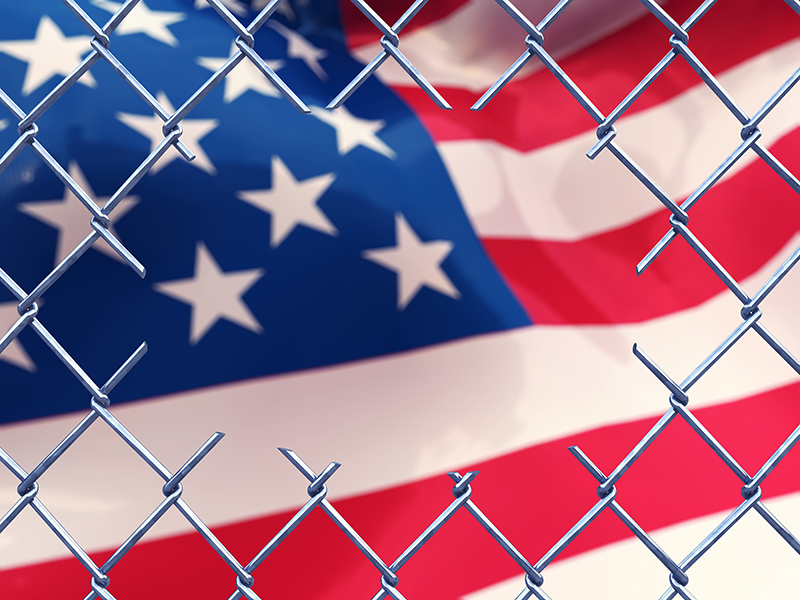The New York Times published a riveting piece about Salafism in Tunisia. From the beginning, the reader is transported to Kairouan:
On the Friday after Tunisia’s president fell, Mohamed al-Khelif mounted the pulpit of this city’s historic Grand Mosque to deliver a full-throttle attack on the country’s corrupt culture, to condemn its close ties with the West and to demand that a new constitution implement Shariah, or Islamic law.
“They’ve slaughtered Islam!” thundered Dr. Khelif, whom the ousted government had barred from preaching for 20 years. “Whoever fights Islam and implements Western plans becomes in the eyes of Western politicians a blessed leader and a reformer, even if he was the most criminal leader with the dirtiest hands.”
Mosques across Tunisia blazed with similar sermons that day and, indeed, every Friday since, in what has become the battle of the pulpit, a heated competition to define Tunisia’s religious and political identity.
The piece is packed with information. The 5,000 mosques in the country used to have every prayer leader appointed by the government. They were given sermon topics. Under that model, Islam was apolitical and moderate. We’re told that “ultraconservative Salafis” seized 500 mosques but that the government took back all but 70.
We hear from some of the players — including a prayer leader at the Grand Mosque. And then there’s this:
To this day, Salafi clerics like Dr. Khelif, who espouse the most puritanical, most orthodox interpretation of Islam, hammer on favorite themes that include putting Islamic law into effect immediately, veiling women, outlawing alcohol, shunning the West and joining the jihad in Syria. Democracy, they insist, is not compatible with Islam.
OK, so we have “ultra-conservative,” “most puritanical” and “most orthodox interpretation of Islam.” I always find it interesting the use of “ultra-conservative” (no matter the topic) as compared to “ultra-liberal.” It’s not that it’s never used, but it’s just interesting how rarely it is. And I’m a bit confused by the use of terms such as “puritanical” or “fundamentalist” to describe non-Christian religious groups. But it’s the use of the phrase “most orthodox interpretation of Islam” that surprised me.
Even if “most puritanical” and “most orthodox” didn’t strain at the tension with each other, isn’t this a value judgment that might be best avoided?
But the piece is great and quite helpful. We get examples of the conflict, quotes from people involved and some helpful “so-what?” context:
The battle for Tunisia’s mosques is one front in a broader struggle, as pockets of extremism take hold across the region. Freshly minted Islamic governments largely triumphed over their often fractious, secular rivals in postrevolutionary elections. But those new governments are locked in fierce, sometimes violent, competition with the more hard-line wing of the Islamic political movements over how much of the faith can mix with democracy, over the very building blocks of religious identity. That competition is especially significant in Tunisia, once the most secular of the Arab nations, with a large educated middle class and close ties to Europe.
The Arab Spring began in Tunisia, and its ability to reconcile faith and governance may well serve as a barometer for the region.
The article gets somewhat depressing after that, with a discussion of Mali, Benghazi, the Sinai and anti-American mobs in Tunis. And while the groups aren’t all officially coordinating, they help each other out.
I did appreciate this description of Salafis that shows that while they are the major force behind violent Islam, they aren’t all supportive of that approach:
The word Salafi encompasses a broad spectrum of Sunni fundamentalists whose common goal is resurrecting Islam as practiced by the Prophet Muhammad when he founded the faith in the seventh century. Salafis range from peaceful proselytizers to those who spread Islam by force.
We hear from Salafi critics who oppose the recruitment of fighters in Syria, since they are used to kill other Muslims. For their part, Salafis have beefs with more moderate Muslims in Tunisia:
Salafis repeatedly try to chase tourists from the Grand Mosque; have threatened to level the popular shrine of Sidi Sahbi, a companion of the Prophet Muhammad buried here, although so far they have only fought with worshipers trying to pray there; and imported Saudi Arabian clerics who demanded that Tunisians confront the West. At some mosques, traditional prayer leaders were threatened with beatings or even death if they did not leave, Sheik Ghozzi said. In others, the locks were changed to bar them.
There is much, much more. A great read.











